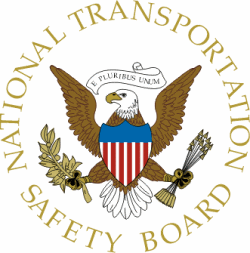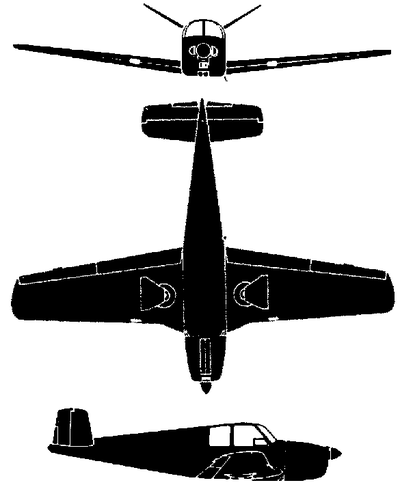Thu, Jun 23, 2011
Pilot Operated A V35 Bonanza With "Known Deficiencies," Board
Says
The NTSB on Monday released a probable cause report for an
accident that fatally injured one person and seriously hurt four
others. In this instance, the pilot apparently chose not to believe
that his airplane was telling him something was wrong and opted to
fly it without having his mechanic look it over. Still, in testing
the board was not able to duplicate the loss of engine power
reported by the pilot before the plane went down. The pilot was the
person fatally injured in the off-airport landing attempt.

NTSB Identification: CEN09FA462
14 CFR Part 91: General Aviation
Accident occurred Saturday, July 25, 2009 in Oklahoma City,
OK
Probable Cause Approval Date: 06/20/2011
Aircraft: BEECH V35, registration: N9112S
Injuries: 1 Fatal,4 Serious.
The airplane had a previous history of in-flight engine
stoppages, and the engine lost power twice within the week before
the accident. The pilot did not have his mechanic investigate the
cause of those events, as he believed when the engine lost power
the airplane was in a fuel cross feed position, and all he had to
do was to switch to a main fuel tank. On the day of the accident
the airplane was two miles from the airport after departure when
the pilot reported a loss of engine power to air traffic
controllers. The pilot executed an off-airport emergency landing to
a congested area, adjacent to a major six-lane thoroughfare. The
airplane was substantially damaged when it impacted a tree and the
concrete base of a light pole, during the emergency landing. The
engine was recovered from the wreckage and installed in an engine
test cell. It started on the first attempt and ran at full throttle
with no anomalies noted. A postexamination of the other airplane
systems showed no anomalies.
The pilot had been treated for anxiety, depression, high blood
pressure, and obstructive sleep apnea, among other significant
conditions. He had been on multiple medications at the time of the
accident including at least an antidepressant, a blood thinner and
a potentially impairing prescription medication often used for the
treatment of chronic pain. The pilot denied any medical conditions
or the use of medications in his most recent application for an
airman medical certificate. It was not possible to conclusively
determine whether distraction or impairment due to his medical
conditions or to medication use may have played a role in his
decision-making following the loss of engine power.

The pilot’s fatal injuries were likely a result of the
impact between his chest and the control yoke. It could not be
conclusively determined the extent to which the forward cabin
structure and the control yoke in particular were moving aft
relative to the rest of the cabin structure following the primary
impact with the ground, but it is possible that the likelihood or
severity of the pilot’s impact with the control yoke would
have been reduced through the availability and use of a shoulder
harness.
The National Transportation Safety Board determines the probable
cause(s) of this accident to be he pilot’s decision to
operate an airplane with known deficiencies, and the loss of engine
power during climb for undetermined reasons.
More News
He Attempted To Restart The Engine Three Times. On The Third Restart Attempt, He Noticed That Flames Were Coming Out From The Right Wing Near The Fuel Cap Analysis: The pilot repor>[...]
Make Sure You NEVER Miss A New Story From Aero-News Network Do you ever feel like you never see posts from a certain person or page on Facebook or Instagram? Here’s how you c>[...]
From 2009 (YouTube Edition): Leading Air Show Performers Give Their Best Advice for Newcomers On December 6th through December 9th, the Paris Las Vegas Hotel hosted over 1,500 air >[...]
Aero Linx: NASA ASRS ASRS captures confidential reports, analyzes the resulting aviation safety data, and disseminates vital information to the aviation community. The ASRS is an i>[...]
“For our inaugural Pylon Racing Seminar in Roswell, we were thrilled to certify 60 pilots across our six closed-course pylon race classes. Not only did this year’s PRS >[...]
 NTSB Final Report: Rutan Long-EZ
NTSB Final Report: Rutan Long-EZ ANN FAQ: Turn On Post Notifications
ANN FAQ: Turn On Post Notifications Classic Aero-TV: ICAS Perspectives - Advice for New Air Show Performers
Classic Aero-TV: ICAS Perspectives - Advice for New Air Show Performers ANN's Daily Aero-Linx (06.28.25)
ANN's Daily Aero-Linx (06.28.25) Aero-News: Quote of the Day (06.28.25)
Aero-News: Quote of the Day (06.28.25)




